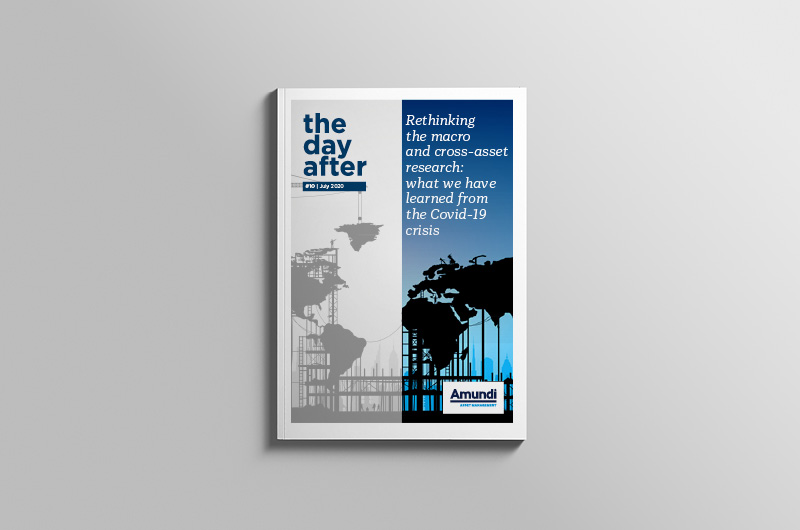6 Pearls of Wisdom From June
What a month, with markets rallying again, capping off the strongest quarter for the ASX in more than 20 years. The technology-focused Nasdaq reached all-time highs and the S&P 500 had its best quarter since 1938. The month continued the ‘changing of the guard’ trend, with the old-fashioned, capital intensive sectors, such as property, energy and utilities, under-performing as e-commerce, consumer and IT-focused companies came to the fore. The market has come a long way since the depths of the COVID-19 crisis, yet with escalating COVID-19 cases in the US and Victoria, there is a growing feeling that valuations may be overdone.
There are two key takeaways from the June quarter; relying solely on the benchmark is high-risk, and timing the market is a dangerous game. Bloomberg reported this month that those who tried to time the market and sell out in March, would have suffered 30% falls if they missed just the five most positive days since. It’s clear that the key to successful investing is to establish and maintain an appropriate asset allocation, but also have the flexibility to deploy capital when markets fall and not capitulate. There are a number of papers written about why un-advised investors under-perform the very funds they invest in, as they tend to sell when markets are down and buy when markets are high.
June saw the release of a combination of outdated GDP results for the March quarter, and the all-important PMIs (Purchasing Managers’ Indexes) for most major economies. On the growth front, Australia led the developed world, shrinking just 0.3% in the March quarter (1.4% on the year), with exports supported by huge growth in iron ore and coal sent to China. The Chinese economy contracted 9.8% – its first quarterly fall since Beijing began reporting quarterly figures, in 1992 – with the Communist Government conceding that its growth target of 6.5% was no longer relevant. The US shrank 5%, France and Italy 9.2% and the UK 2.2%, with the latter’s April figures showing a massive contraction of 20%. On the positive side, PMIs, which are leading indicators of improving economic performance, were universally improved: Australia almost doubling to 52.7, China back at recent highs of 55.7, Japan improving from 27.8 to 40.8 and the US 46.8 from 37. Anything over 50 signals a growing services and manufacturing sector.
Looking forward, the IMF continues to adjust its expectations and forecasts for 2020, predicting a 4.5% contraction in Australia, 8% in the US and 10% in the UK. If we have learned anything from this incredible period in the history financial markets, it’s that economic forecasts should never be relied upon. There is growing pressure on the sector in general to include more realistic and dynamic assumptions in light of glaring misses. One example was the US employment figures in May, where most predictions were for 7.5 million more job losses, but the actual result was 2.5 million new jobs being created.
With deficits in mind, the new economic concept of Modern Monetary Theory has been a major talking point with Alan Kohler the latest proponent of its potential benefits. He was immediately attacked by many other finance journalists, who seem to have limited knowledge of the underlying workings of the economy or the monetary system in general. The concept that money printing creates inflation has cleared been debunked after seeing the Japanese, Europeans and Americans extend monetary policy with no such results. Nathan Tankus, an unknown US student, has grown a substantial following via his simple explanation of this and many other concepts. If there is only one takeaway from the discussion it is that austerity economics simply does not work and the repayment of Government debt should not be a priority, particularly in the current ‘wartime’ footing. With interest rates so low, debt can be utilised and doesn’t require higher tax rates to repay it more quickly.
What to expect from here? We expect a great deal of volatility ahead and huge dispersion in those companies that are able to weather both the second wave of infections and the huge changes to the economy as we know it. We expect a lot more retail pain, substantial write-downs across the oil and gas sector and the potential for devaluations in both commercial property and residential investment property values. Many of these trends are already underway, with tenants exiting retail leases, spiking vacancies in offices and apartments, and a substantial rise in off-the-plan purchase cancellations.










